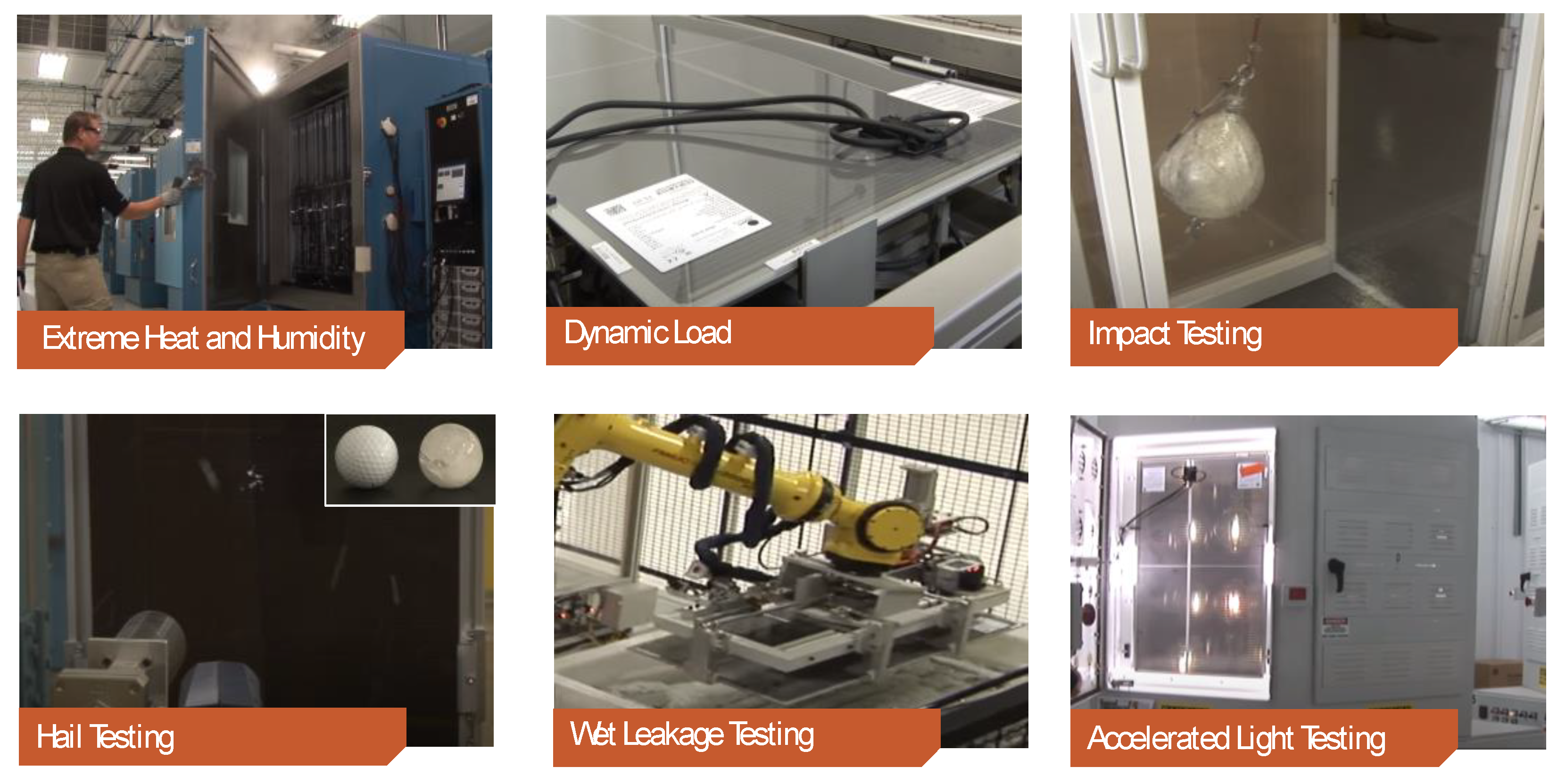Comment on Nover et al. Leaching via Weak Spots in Photovoltaic Modules. Energies 2021, 14, 692
1. Introduction
2. The Role of Buffering on pH
3. Field Representativeness
Author Contributions
Funding
Conflicts of Interest
References
- Nover, J.; Zapf-Gottwick, R.; Feifel, C.; Koch, M.; Werner, J.H. Leaching via weak spots in photovoltaic modules. Energies 2021, 14, 692. [Google Scholar] [CrossRef]
- Nover, J.; Zapf-Gottwick, R.; Feifel, C.; Koch, M.; Metzger, J.; Werner, J.H. Long-term leaching of photovoltaic modules. Jpn. J. Appl. Phys. 2017, 56, 08MD02. [Google Scholar] [CrossRef]
- Zapf-Gottwick, R.; Koch, M.; Fischer, K.; Schwerdt, F.; Hamann, L.; Kranert, M.; Metzger, J.; Werner, J.H. Leaching hazardous substances out of photovoltaic modules. Int. J. Adv. Appl. Phys. Res. 2015, 2, 7. [Google Scholar] [CrossRef]
- Sinha, P.; Wade, A. Comment on “Long-term leaching of photovoltaic modules”. Jpn. J. Appl. Phys. 2018, 57, 019101. [Google Scholar] [CrossRef]
- Nover, J.; Zapf-Gottwick, R.; Feifel, C.; Koch, M.; Metzger, J.; Werner, J.H. Reply to “Comment on ‘Long-term leaching of photovoltaic modules’”. Jpn. J. Appl. Phys. 2018, 57, 019102. [Google Scholar] [CrossRef]
- Entwicklung des pH-Wertes im Niederschlag an den Messstationen des UBA-Luftmessnetzes. Available online: https://www.umweltbundesamt.de/sites/default/files/medien/384/bilder/dateien/2_abb_entw-ph-wert_2020-06-29.pdf (accessed on 11 February 2021).
- National Atmospheric Deposition Program. Available online: http://nadp.slh.wisc.edu/data/ntn/ntnAllsites.aspx (accessed on 11 February 2021).
- Steinberger, H. Health, safety and environmental risks from the operation of CdTe and CIS thin-film modules. Prog. Photovolt. Res. Appl. 1998, 6, 99–103. [Google Scholar] [CrossRef]
- Snapshot of Global PV Markets. Available online: https://iea-pvps.org/wp-content/uploads/2020/04/IEA_PVPS_Snapshot_2020.pdf (accessed on 11 February 2021).
- Sinha, P.; Wade, A. Assessment of leaching tests for evaluating potential environmental impacts of PV module field breakage. IEEE J. Photov. 2015, 5, 1710–1714. [Google Scholar] [CrossRef]
- Robinson, S.A.; Meindl, G.A. Potential for leaching of heavy metals and metalloids from crystalline silicon photovoltaic systems. J. Nat. Resour. Dev. 2019, 9, 19–24. [Google Scholar]
- Life Cycle Assesment of Current Photovoltaic Module Recycling. Available online: https://iea-pvps.org/wp-content/uploads/2020/01/Life_Cycle_Assesment_of_Current_Photovoltaic_Module_Recycling_by_Task_12.pdf (accessed on 11 February 2021).
- Waste Electrical & Electronic Equipment (WEEE)—Standards on WEEE treatment. Available online: https://ec.europa.eu/environment/waste/weee/standards_en.htm (accessed on 11 February 2021).
- Nain, P.; Kumar, A. Understanding metal dissolution from solar photovoltaics in MSW leachate under standard waste characterization conditions for informing end-of-life photovoltaic waste management. Waste Manag. 2021, 123, 97–110. [Google Scholar] [CrossRef] [PubMed]
- IEC TS 62994:2019 Photovoltaic (PV) Modules through the life Cycle—Environmental Health and Safety (EH&S) Risk Assessment—General Principles and Nomenclature. Available online: https://webstore.iec.ch/publication/27874 (accessed on 11 February 2021).



Publisher’s Note: MDPI stays neutral with regard to jurisdictional claims in published maps and institutional affiliations. |
© 2021 by the authors. Licensee MDPI, Basel, Switzerland. This article is an open access article distributed under the terms and conditions of the Creative Commons Attribution (CC BY) license (https://creativecommons.org/licenses/by/4.0/).
Share and Cite
Sinha, P.; Wade, A. Comment on Nover et al. Leaching via Weak Spots in Photovoltaic Modules. Energies 2021, 14, 692. Energies 2021, 14, 3150. https://doi.org/10.3390/en14113150
Sinha P, Wade A. Comment on Nover et al. Leaching via Weak Spots in Photovoltaic Modules. Energies 2021, 14, 692. Energies. 2021; 14(11):3150. https://doi.org/10.3390/en14113150
Chicago/Turabian StyleSinha, Parikhit, and Andreas Wade. 2021. "Comment on Nover et al. Leaching via Weak Spots in Photovoltaic Modules. Energies 2021, 14, 692" Energies 14, no. 11: 3150. https://doi.org/10.3390/en14113150
APA StyleSinha, P., & Wade, A. (2021). Comment on Nover et al. Leaching via Weak Spots in Photovoltaic Modules. Energies 2021, 14, 692. Energies, 14(11), 3150. https://doi.org/10.3390/en14113150




